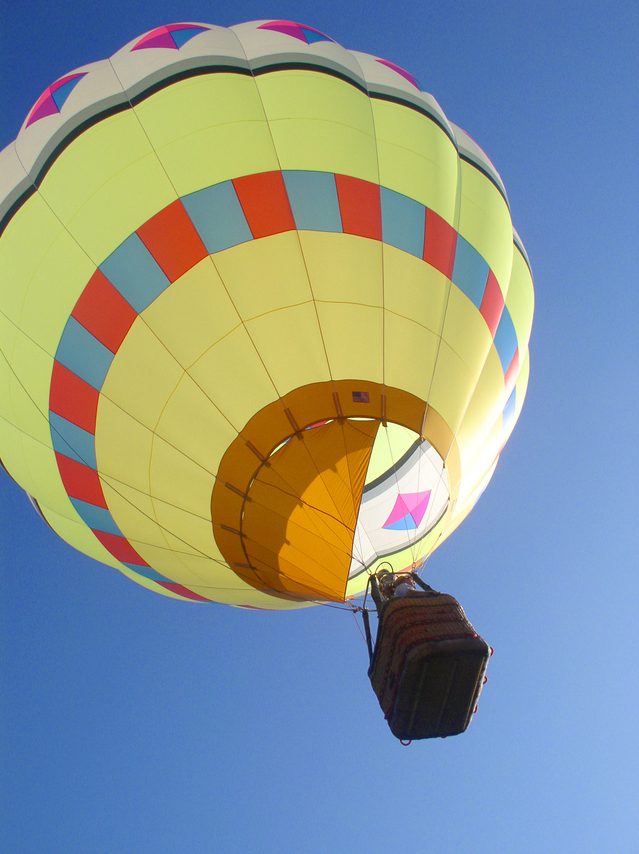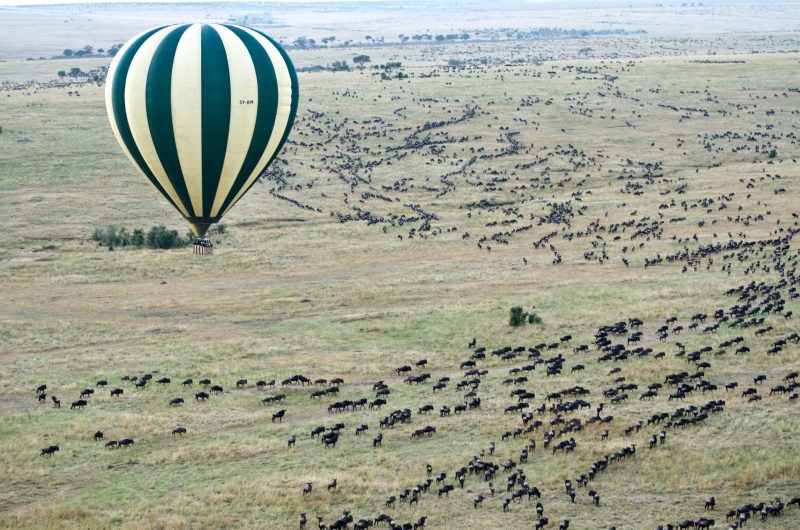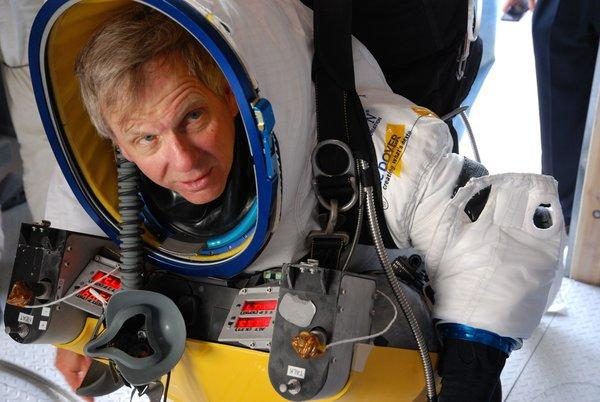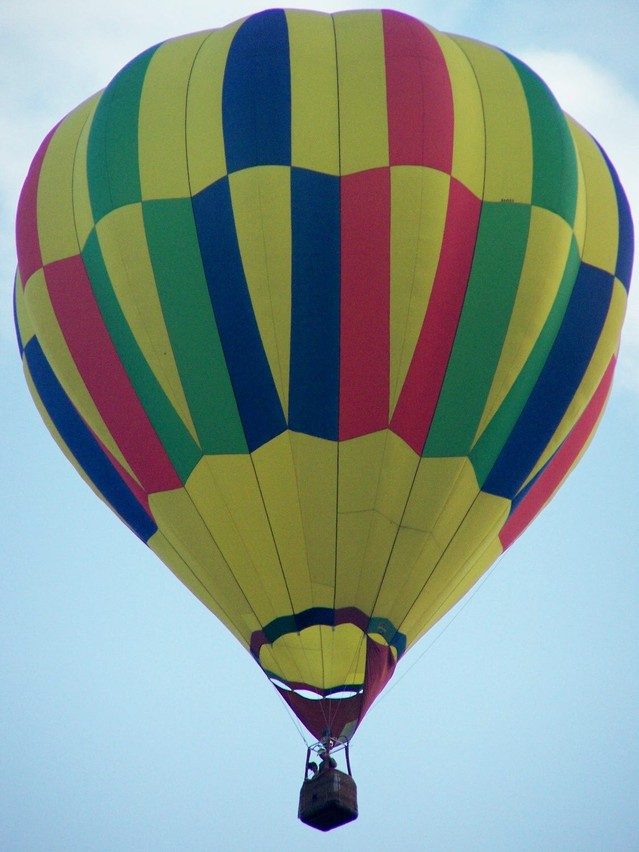The Weather Conditions Affect Balloon Safaris
The weather plays a significant role in the aviation industry for all types of aircraft but more so for a simple hot air balloon. A great deal of time and energy of balloon pilots is spent watching, obtaining, and analyzing the conditions of the weather to determine if it is the right moment to soar high in the skies. They take the weather conditions very seriously. Long range forecasting is typically for four hours. But sometimes the weather observation for the one-hour balloon safari in Kenya starts the previous day. Inevitably, some flights will be rescheduled or canceled on account of the weather. The decision not to fly seems a logical one for the balloon pilots. But for the passengers, it does not sound logical. They do not understand the reason behind the postponement of the flight when no storm or rain seems to be happening in the area. The decision is often made based on a prediction, which remains an imprecise science, despite the many advances in the weather forecast. Wind, heat, rain, and storms are the four factors involved when predicting the climate of the day.
Blow the wind
Wind is a critical factor in safe ballooning, affecting every phase of the safari. Cancellation of balloon safari happens more due to wind than for any other reason. The wind’s direction and speed dictate the flight path and the distance the balloon travels. But wind confuses not only the balloon pilots but sometimes also the passengers. Perhaps the most confusing aspect is that sometimes there is not even the slightest breeze on the ground and the balloon safari gets canceled due to unfavorable wind conditions. There is a reason for that. Balloon pilots think three-dimensionally. They consider what the wind is doing at different altitudes, not just on the ground. They look at winds at 9,000 feet as well as winds at the surface. Although the balloon does not fly at 9,000 feet, it gives a good indication of the turbulence and strength of the winds on the surface later on. Winds aloft 20 miles per hour is enough to reschedule a flight. In other words, the high-altitude wind is a crucial driver in deciding whether to fly or not even if there are no winds at the surface.
Inflating the balloon
The balloon fabric is a giant sail. At the time of inflation, when it is filled up with cold air, it is tied off to prevent it from dragging downwind and rolling around violently. On a windy day, if the winds exceed the maximum limit, it becomes impossible to fill the balloon.
On the ground
Wind caves the side of the balloon and the resulting sail effect places an enormous load on both the basket and the fabric. Lastly, a balloon’s speed on the ground will be the speed it is flying in the air. It relies on the basket’s friction dragging along the ground as it does not have brakes. High wind speeds mean that it needs a larger area to land. The basket will skip and bounce and eventually lays over on its side while continuing to drag.
In the air
In flight, robust winds can take the balloon farther than it has room to fly because the winds aloft are stronger than at the surface. If high winds carry it into areas that are not fit for a landing such as metropolitan areas, restricted airspace, vast expanses of forest, and massive bodies of water, it can be challenging.
Safety comes first
Light and stable winds are the best conditions under which balloons can fly. Safe winds are between 4 to 9 miles per hour. But at times, even a gentle gust of breeze can cause it to drag around on the ground. This spectacle may be pretty impressive to watch but not much fun when passengers are waiting to embark on it to start their safari before it is too late.
Feel the heat
Since balloons fly by changing the inside temperature using heat, the outside air temperature affects flight performance. When the air inside is heated, it becomes less dense and hotter than the surrounding outside air. Warm air is light, and this causes the balloon to float upward. Hotter the air inside, higher it rises. To fly, it needs a temperature around 140 degrees over and above the outside air temperature. Hence, in cold weather conditions less heat is required in to operate and, conversely, in hot climates, it takes more heat.
Size and temperature
The lift capacity of the balloon depends on the inside heat as well as its size. Smaller balloons have less lift capacity and need a higher interior temperature to fly. 250 degrees Fahrenheit is the maximum operating temperature for most balloons. That leaves a low margin for maneuvering on a hot day.
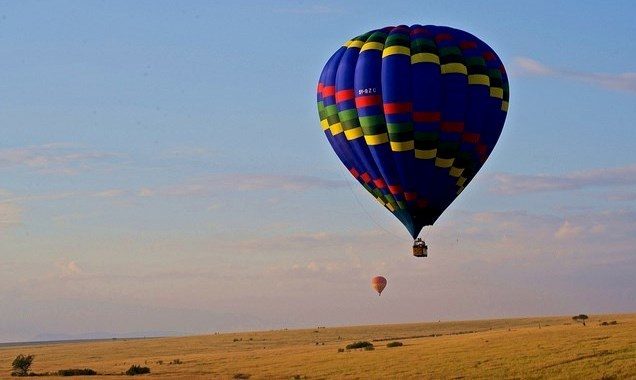
Balloon safari Kenya Source: Shoor safaris
In the rain
A balloon safari cannot be done in wet conditions and here is why. The top of the balloon reaches 100 degrees centigrade. But it cools down when the rain falls. Raindrops falling on the envelope, especially if the rains are heavy, also makes it weightier. All this means that to keep it in flight the pilot has to put in additional heat from the burners to compensate for the heat loss. If not, the balloon will descend rapidly, which can damage the balloon fabric. This cooling down and the weight also makes it harder for the pilot to control it. Water also runs down on either side of the balloon envelope and falls into the basket and passengers. Moreover, when it rains, it makes for a messy landing. The mud will end up in the shoes of the passengers after the hot air balloon flight.
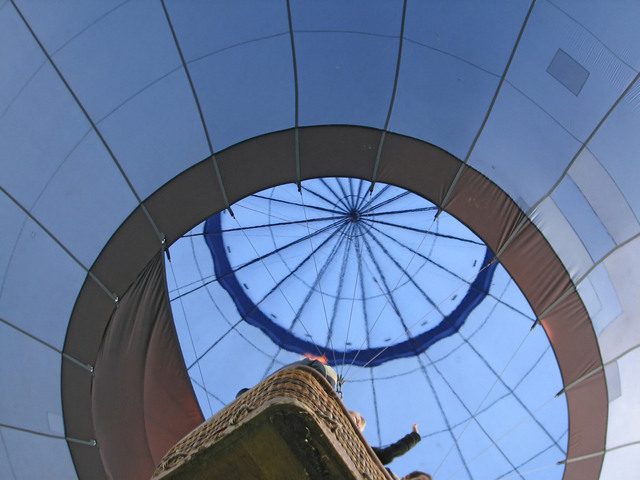
Hot-air-balloon
Flying in storms
A balloon is perhaps the most sensitive aircraft, more than any other type. An airplane can turn away from a storm but a balloon cannot. The storm can draw the balloon in. The winds can accelerate and head toward a blast and flow out of it. These gust fronts can occur up to 100 miles away and create situations that are dangerous.
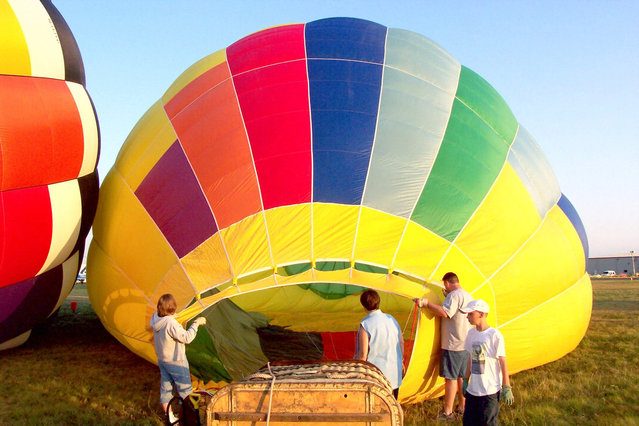
Firing up the family balloon
Balloon safari canceled
Balloon safaris are at the mercy of winds, rain, storms, and temperature. Even under all these weather conditions, legally, there must be at least 1 to 3 miles of visibility to fly. All said and done, a hot air balloon safari in Kenya can be canceled or postponed to another day if the pilot thinks that it will be uncomfortable for the passengers.
5 Frequently Asked Questions About The Weather Conditions That Affect Hot Air Balloon Safaris In Kenya
To book a balloon safari, please fill out the following form or simply email us on safaris@safari-center.com

